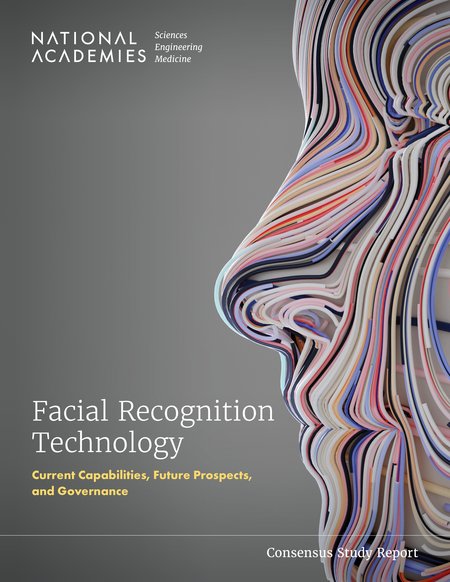By John Dunham & Associates
The Retail Industry Leaders Association (RILA) is the US trade association for retailers that have earned leadership status by virtue of their sales volume, innovation, or aspiration. The Buy Safe America Coalition (BSA) represents a diverse group of responsible retailers, consumer groups, manufacturers, intellectual property advocates and law enforcement officials who support efforts at all levels of government to protect consumers and communities from the sale of counterfeit and stolen goods. One important issue facing US retailers is the growth in the availability and sales of illicit products, both from counterfeit imports and from products stolen from legitimate retailers. These products are increasingly sold online through third-party marketplaces. RILA and BSA asked John Dunham & Associates (JDA) to examine the data around these illicit sales to determine how they impact the US economy, federal tax revenues, and criminal activity. This is the second in a series of papers examining the issue of organized retail crime (ORC), and its effect on the United States economy. This analysis will focus on product theft from brick-and- mortar retailers and the rise of organized theft operations that fence illegally obtained goods to consumers, increasingly online. While this paper focuses solely on those goods stolen from retail locations, there is a growing problem with consumer goods being stolen from containers and trucks as the supply chain has backed up in recent months. For the purpose of this analysis, cargo theft was not included. According to the analysis: • As much as $68.9 billion worth of products were stolen from retailers in 2019. This represents about 1.5 percent of total retail sales. • Law enforcement and retail asset protection officials have found that the availability of anonymous online marketplaces has provided an easy way to sell stolen goods, and that the growth of these marketplaces coincides with a recent surge in organized retail crime that puts both employees and customers in harm’s way. • Academic research has suggested that most retail theft represent crimes of opportunity. In other words, people steal when it is easy to do so. Other causes include poor economic conditions, and dissatisfaction among workers. However, professionals in the field identify the availability of anonymous on-line marketplaces as ways to easily fence goods, and prosecutorial changes as being major factors contributing to the growth in ORC. • The growth in on-line marketplaces is highly correlated (61 percent) to the number of shoplifting events reported each year. • In addition, those retail categories most subject to shoplifting activities are also the ones most sought after through on-line marketplaces. • Nearly 67 percent of asset protection managers at leading retailers surveyed report a moderate to considerable increase in organized retail crime, while 80 percent believe it will only get worse in the future. The economic impact of retail crime is profound. Retailers face increased costs for lost product, security, and labor, which lead to higher prices for consumers and ultimately, lower sales. Lower sales translate to fewer jobs throughout the economy. The result is $125.7 billion in lost economic activity and 658,375 fewer jobs, paying almost $39.3 billion in wages and benefits to workers. • Retail theft is not a problem just in major metropolitan areas, it is pervasive across America. In fact, one factor that is associated with lower levels of retail theft is the density of retail locations. • The impact of theft is felt through higher prices, and this impact is more acutely felt by low- and middle-income families. • It is estimated that retail theft costs federal and state governments nearly $15 billion in personal and business tax revenues, not including the lost sales taxes.
Washington DC: Retail Industry Leaders Association (RILA) ; Washington, DC: Buy Safe American Coalition, 75p.





















